The "monster comet" hurtling toward the sun may have lost the distinctive horns that gave it its sinister nickname. Last week, after the comet's latest and most violent outburst, the characteristic spikes on its head were missing, as they had been after previous eruptions.
However, astronomers have discovered several new features of the comet, including a rare green color and a mysterious "shadow."
Comet 12P/Pons-Brooks (12P), a giant 17-km-wide comet, is on track to make its closest approach to Earth in more than 70 years next summer.
Comet 12P is a cryo-volcanic or cold comet, consisting of an icy crust or nucleus filled with ice and gas. When the comet absorbs enough solar radiation, its icy interior, or cryomagma, becomes superheated.
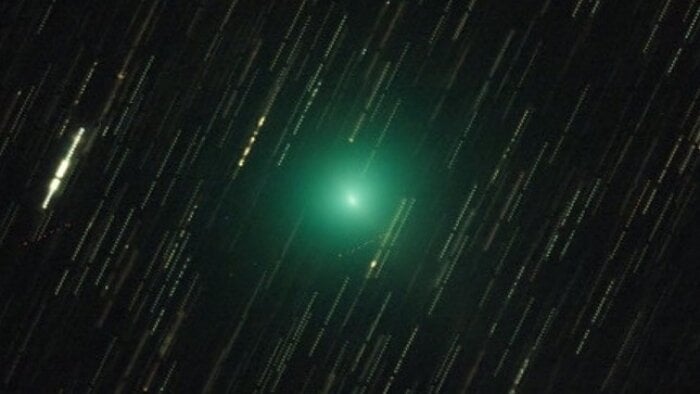
12P will be the latest green comet to fly close to Earth next year. (Image credit: Eliot Herman)
Pressure builds inside the nucleus until the crust cracks open and the comet's icy interior erupts into space. After the latest eruption, a hazy, reflective cloud of dust and cryomagma expands, making the comet appear much brighter to astronomers because it reflects the sun's rays.
Astronomers who tracked the comet on November 14 noticed that it became 100 times brighter than usual in the following days. But this time, its distinctive horn was no longer visible.
According to Science magazine, this rare color is created by comets with high levels of dicarbon, a chemical that emits blue light when broken down by sunlight.
Several green comets have passed by Earth this year, including the "green comet" C/2022 E3 (ZTF), which made its closest approach to Earth in 50,000 years in February, and Comet Nishimura, which made its first pass by our planet in 430 years in September.
According to Space.com, 12P is currently accelerating toward the sun at a speed of about 64,300 km/h as it nears the end of its 71-year orbit around the sun.
On April 24, 2024, the comet will reach its closest point to the sun, or perihelion, before being flung around our host star and entering the outer solar system, where it will spend the majority of its orbit. It probably won't return to the solar system until 2094.
12P will make its closest approach to Earth on June 2 next year, when it will hopefully be visible to the naked eye.
(Source: Tien Phong)
Source


![[Photo] General Secretary To Lam meets and expresses gratitude to Vietnam's Belarusian friends](https://vphoto.vietnam.vn/thumb/1200x675/vietnam/resource/IMAGE/2025/5/11/c515ee2054c54a87aa8a7cb520f2fa6e)
![[Photo] General Secretary To Lam arrives in Minsk, begins state visit to Belarus](https://vphoto.vietnam.vn/thumb/1200x675/vietnam/resource/IMAGE/2025/5/11/76602f587468437f8b5b7104495f444d)

![[Photo] General Secretary To Lam concludes visit to Russia, departs for Belarus](https://vphoto.vietnam.vn/thumb/1200x675/vietnam/resource/IMAGE/2025/5/11/0acf1081a95e4b1d9886c67fdafd95ed)




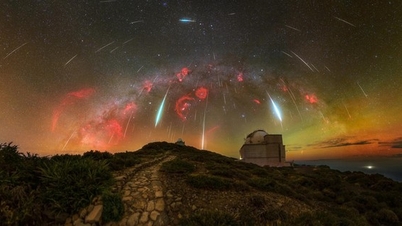


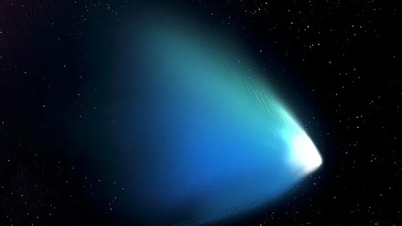
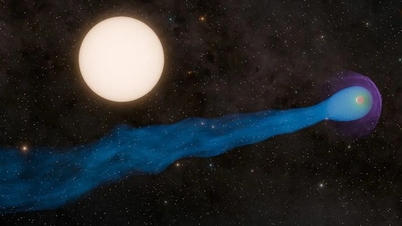
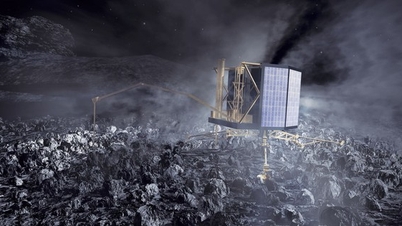
















![[Photo] National Assembly Chairman Tran Thanh Man attends the Party Congress of the Committee for Culture and Social Affairs](https://vphoto.vietnam.vn/thumb/1200x675/vietnam/resource/IMAGE/2025/5/11/f5ed02beb9404bca998a08b34ef255a6)
































































Comment (0)